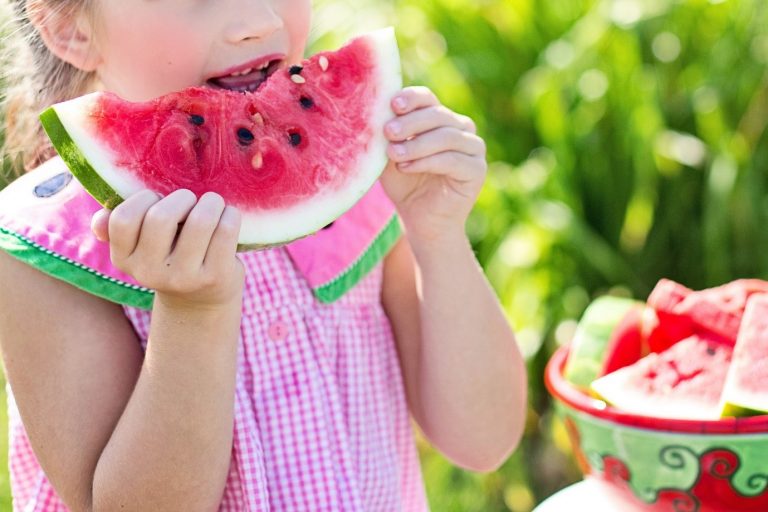Our kids’ nutrition is our responsibility, and getting it right early can set them up for a happy any healthy life. In this article, Jane Rylands from kitchen appliance retailer Belling shares some great ways you can encourage healthy eating with your children.
Getting the kids to eat healthily is a struggle for many parents, and it’s often easier to simply give in to the convenience of junk food. But taking the time to encourage a nutritious diet can have a profound effect on their wellbeing for the rest of their life. Not only will it help support them to become strong and healthy adults, it can also play a role in their wellbeing and disposition towards mental illness (Mental Health). In this article, I’m going to outline how you can encourage the kids to eat healthier with minimal fuss.
Avoid labelling food as good or bad
Simply labelling food as good or bad isn’t very useful, and children won’t really understand what you’re getting at. Instead, try to tie foods to their real-world benefits in a way that children can understand. For example, eating lean proteins will make them strong and better at sports. Eating fruits and vegetables will have positive effects on their skin and hair. And eating a well-rounded breakfast will help them do better in school
Have healthy food on hand
Just like adults, children will snack on whatever is available. If your cupboards are stuffed with crisps and chocolates, then your kids are going to want them when they get hungry between meals. Instead, make sure there is plenty of fresh fruit available to hand for a quick snack. Another alternative is to cut up carrot and celery sticks that can be eaten with healthy dips to mix things up.
Focus on positive reinforcement
Turning healthy eating into a negative experience is a sure-fire way to make sure the kids won’t want to do it. Instead focus on the positives and, when you see them eating healthily, make sure to praise them with a big smile. A great way to do this is to offer healthier alternatives to whatever they want to snack on. So baked tortillas instead of crisps, dark chocolate instead of sweets, fresh oven chips rather than French fries. Get them feeling good about being healthier.
Carefully prepare portions
By controlling their portions yourself, you can ensure that they aren’t overeating. Rather than leaving food in the middle of the table in a serve-yourself style, portion each item to make sure they are getting what they need. A good psychological trick is to use smaller plates, as this makes it seem like there is more on the plate, leading to a feeling of fullness.
Understand their likes and dislikes
Taking the time to understand what your children like and dislike can save you a lot of hassle down the line. During each meal, ask your kids to take a few bites of each item on their plate and then give it a rating out of 10. When healthy foods get good marks, then you know to make more of them in the future. But, don’t be put off if they give something a low score, simply try cooking it in a different way or add some herbs and spices and try again.
Get them involved
Cooking is a valuable skill to learn, and getting the kids involved can make them more excited about trying new foods. When they’ve taken the time to help you prepare the ingredients and cook the meal, they’ll be much more likely to try it – and enjoy it! Take them to the supermarket with you and find things that pique their interest in the fruit and veg isle. If they spot something unusual, let them try it. The key is to make the process fun.
Upgrade dishes they like
There are lots of little ways you can make dishes they already like healthier. The simplest way to do it is to find more nutritious alternatives. For example, sweet potato mash is a better choice than regular mash. Vegetable-based pasta and rice alternatives are also a great choice. Another option is to add extra veg into dishes they like. For really fussy eaters, try grating or using a food processor to easily add them to dishes.
Set an example
Children, especially when they are young, learn a lot from their parents. If they see that you are fussy with food, they will mimic your actions. The best way to establish healthy habits is to lead by example. Your words will fall on deaf ears if you don’t follow them yourself. Make sure they see you eating plenty of fruits and vegetables and try to instil the idea that cooking your own food is fun. The earlier you can do this; the easier healthier eating will be in the long run.
Set your kids up for life by encouraging healthy habits at home. Follow the advice above and you can turn even the pickiest of eaters into vegetable lovers!


